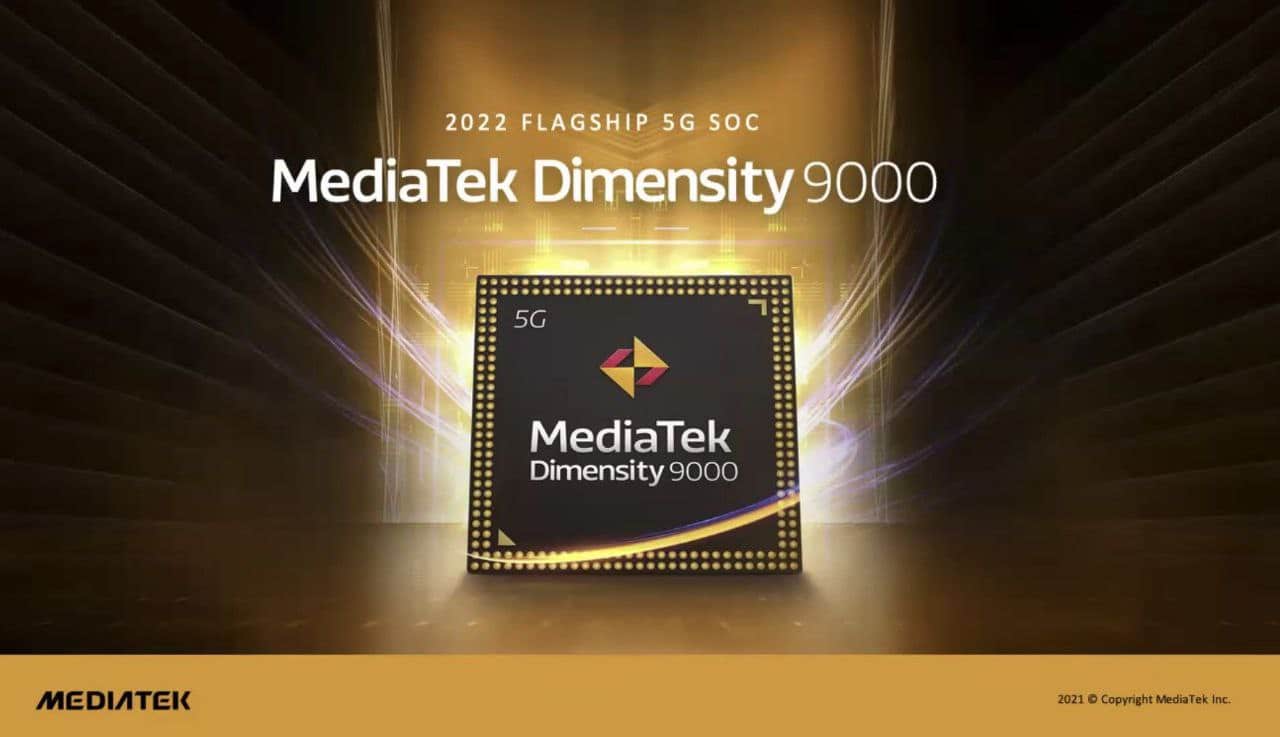
Smartphone SoC’s have come a long way, as the previous SoC’s were very slow and featured few transistors inside. Talking about today’s smartphone SoC’s, they are very efficient with billions of transistors packed inside.
A processor is composed of transistors, and the number of transistors inside a processor affects the processor’s performance. In simple words, a processor with more transistors has better performance, and if more transistors are added to the processor, the performance increases further.
To increase the processor’s performance, more transistors are to be added, which demands more space, and in such situations, the size of the transistor matters. Usually, the transistors are measured in nm (nanometer), and with transistors with smaller nm in size, more transistors can be packed inside, creating an increase in processor performance.
Introduction to 4nm MediaTek’s Dimensity 9000 SoC
The first thing that comes to one’s mind while talking about Smartphone SoC’s is the Snapdragon, MediaTek, and Apple Bionic chipsets. Both Snapdragon and Apple have successfully developed 5nm chipsets with their latest Snapdragon 888 series and Apple Bionic 15 chipsets, respectively, but MediaTek was lagging with a 7nm chipset.
Achieving and developing a processor with smaller transistors is a complicated process. Now MediaTek has unveiled its new 4nm Dimensity 9000 SoC, which might be the future for the smartphone SoCs.
Key factors to check out in MediaTek’s Dimensity 9000 SoC
- Features TSMC N4 production with ARMV9 architecture.
- Supports LPPDDR5x 7500Mbps support.
- Capable of simultaneous triple camera video recording with 320MP camera support.
- Claims to be four times more power-efficient than the previous MediaTek generation SoC’s.
- Improved AI with leading performance in the ETHZ benchmark.
- Comes with the ARM MALI-G710 MC10 graphics processor with support to Vulkan for Android.
- Supports WQHD+ 144Hz / 180Hz FHD+ displays.
- Comes with 7Gbps downlink with 5G power-saving technology.
- Supports Bluetooth 5.3 and Wi-Fi 6E.
All the key features are achieved first using MediaTek’s Dimensity 9000, and many new features are first implemented with this processor.

MediaTek’s Dimensity 9000 Architecture
The MediaTek Dimensity 9000 has a triple cluster CPU featuring 1x Cortex-X2 with 3.0GHz of frequency, 3x Cortex A710 with 2.85GHz of frequency, and 4x Cortex A510 with 1.8GHz of frequency. In addition, the processor has 8MB L3 and 6MB system-level cache.

Coming to the GPU, the processor features ARM MALI-G710 MC10 graphics with Vulkan light tracking. Considering the CPU and GPU, we can expect excellent overall performance, and as expected, the new Dimensity 9000 stole first place in the Antutu benchmarking with a score of above 1 million.
The MediaTek Dimensity 9000 is very promising and might provide tough competition to its rival Snapdragon. There are few leaks about Snapdragon and Apple working on 4nm SoC’s, but there is no official confirmation, making the Dimensity 9000 the world’s first 4nm smartphone SoC.
MediaTek is very confident about the Dimensity 9000 and has claimed there won’t be any thermal throttling issue. As per the tweet from Xiaomi, the Dimensity 9000 will be first featured on their new flagship device. Other manufacturers such as Vivo, Realme, Oppo, Samsung, Motorola, and OnePlus will also feature the Dimensity 9000 in their upcoming devices.

Featured Image credit: MediaTek

